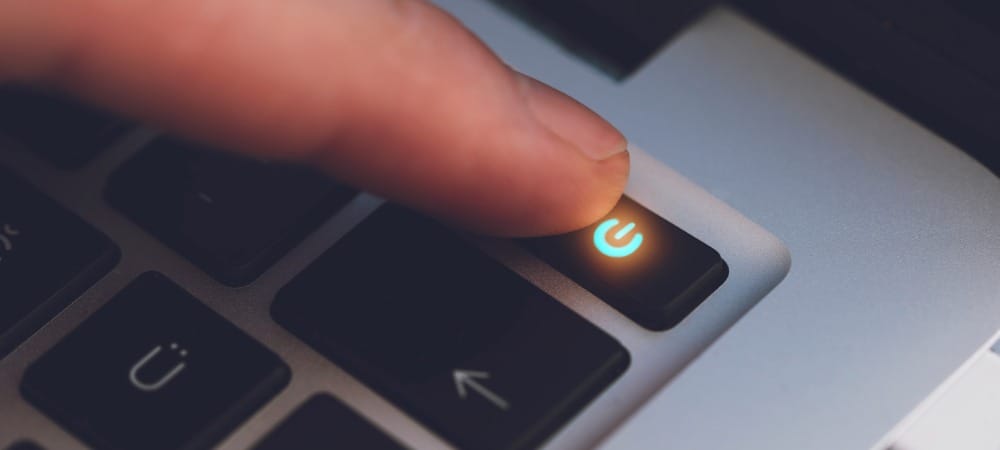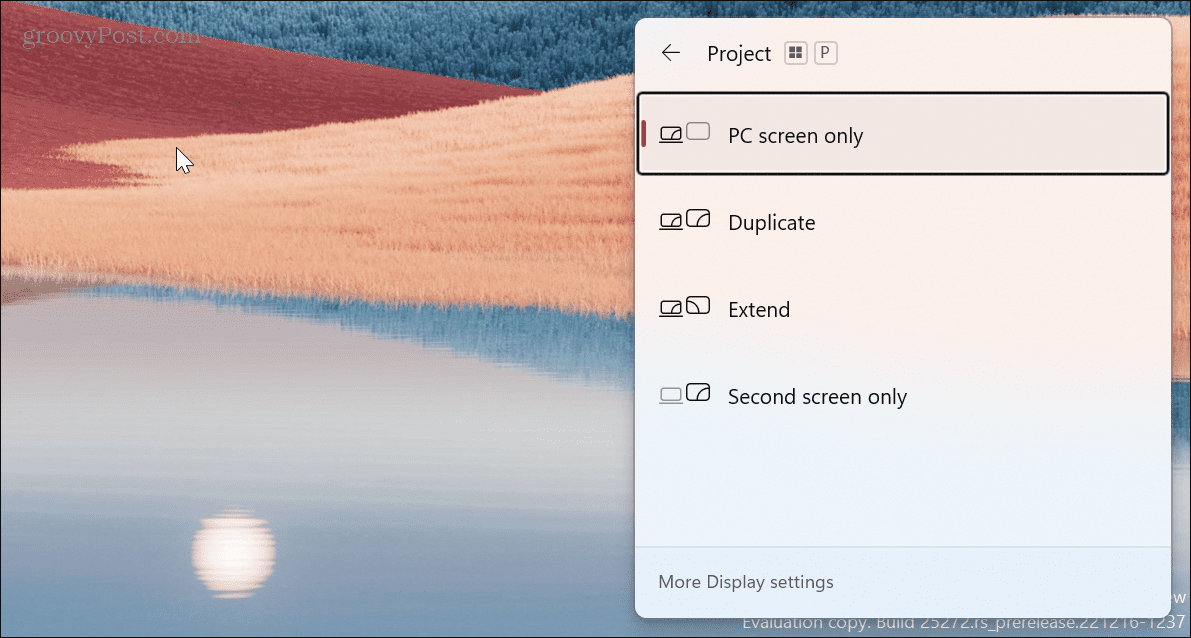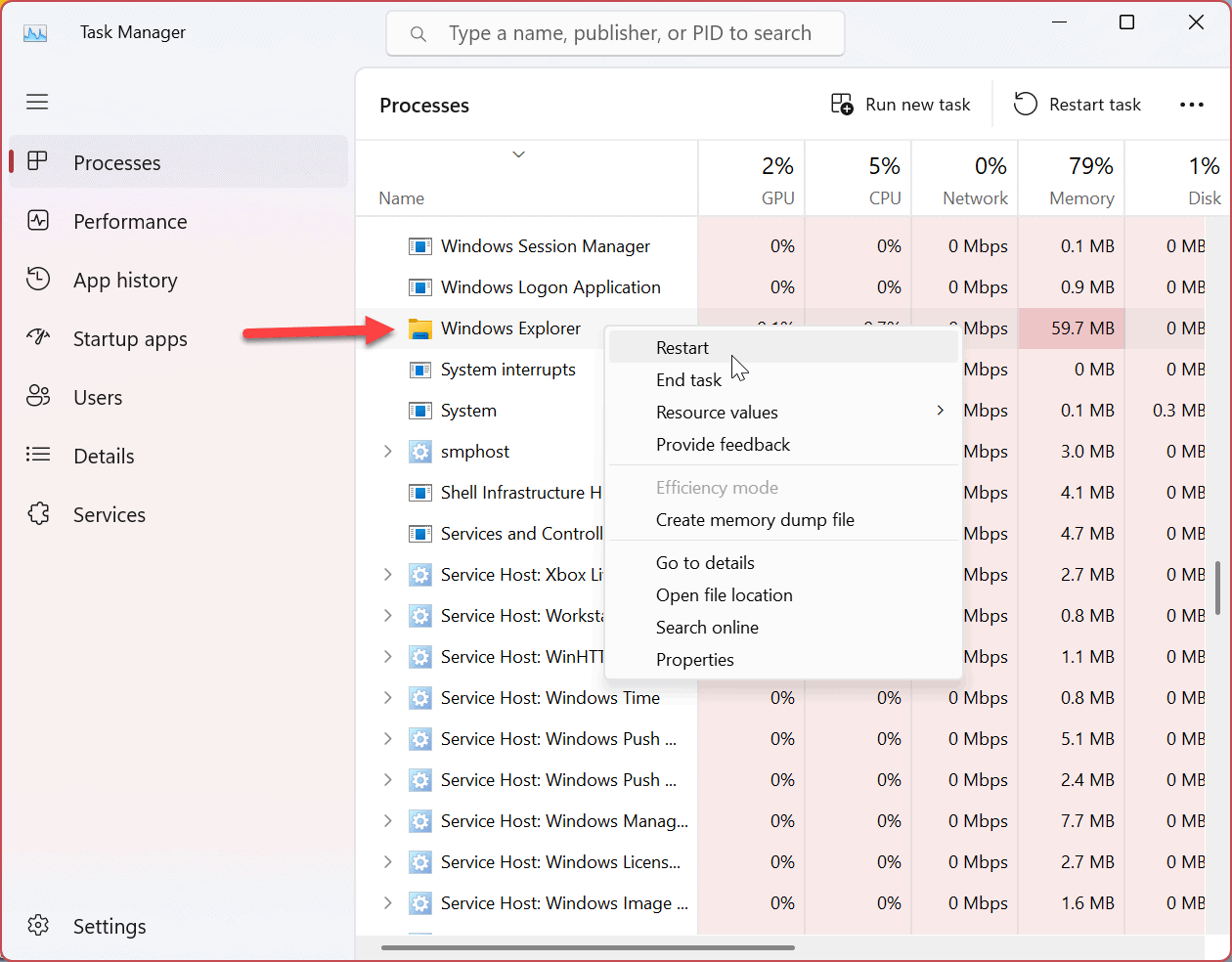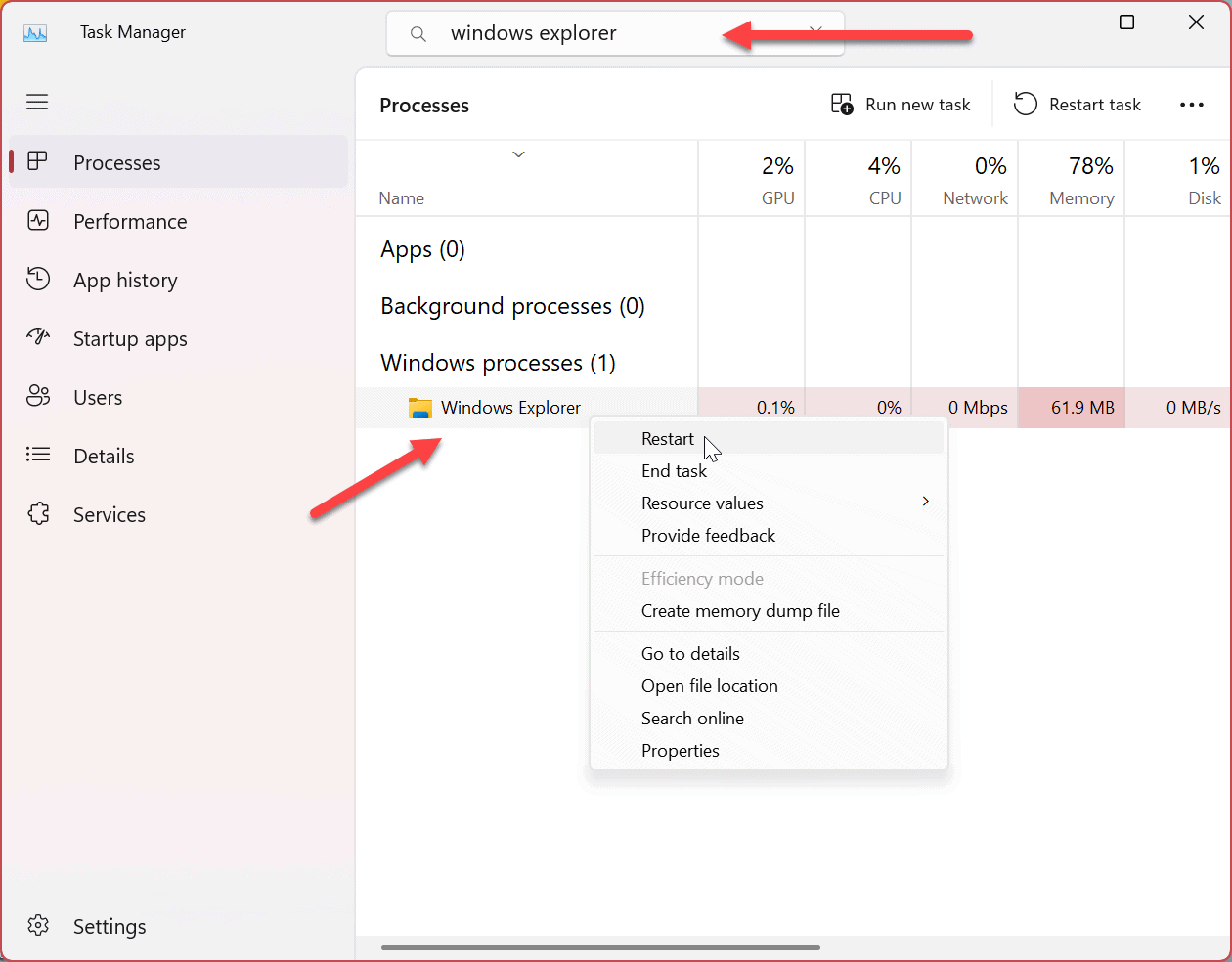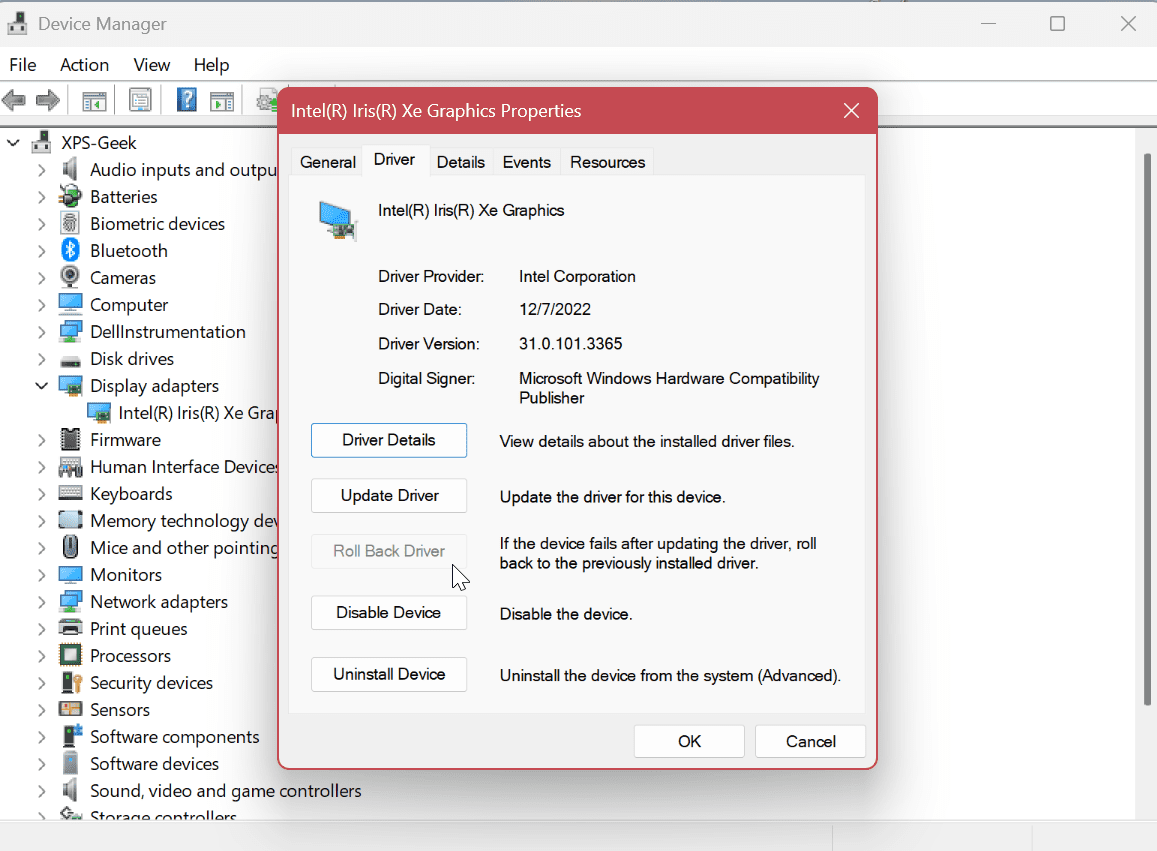Fixing a black screen on Windows 11 involves taking a different troubleshooting approach, but that doesn’t mean it’s impossible to fix. If you are experiencing black screen issues, the problem is most likely hardware related. It could be an easy-to-fix input display error too. Let’s take a look at how to fix a black screen on a Windows 11 PC below.
What Causes a Black Screen on Windows 11?
Several issues could be at play when you get a black or blank screen on your Windows 11 system. For example, problems could be compatibility with a GPU driver or hardware issues with the monitor, GPU, cables, or physical input ports or cables. If you are experiencing black screen problems, you have several troubleshooting methods you can use to get things working again.
Verify Power to Fix a Black Screen on Windows 11
This option may sound basic, but the problem could be with something as simple as ensuring your monitor is plugged in and powered on. This option is mainly for external desktop displays and laptops connected to an external monitor via a docking station, for example. Check that the power cable is correctly connected to the external monitor and plugged into a known working power outlet. If it doesn’t power on, the problem is the monitor, and you’ll need to use a different one.
Check Monitor Cables and Connection
If you have a desktop or laptop connected to an external monitor, the cable(s) and the connections are the first places to look. Remove the display cables, check for damage, a blow the cable input and display port out with canned air to remove dirt and debris. Plug the cables back in and see if it’s working. If it still isn’t working, try a spare cable if you have one lying around or borrow a known working display cable from another machine. Ensure the cable connections are secure.
In addition to checking the cables, try a different output port if you have one – most cards have more than one. For example, there could be damage to the graphics card output port. For example, you might have a DisplayPort, DVI, HDMI, VGA, or Thunderbolt port you can try. Use the port that works to get you by until you can troubleshoot the GPU further.
Restart Your PC
Sometimes when you power on your PC, all components don’t receive power and start correctly. So, another straightforward step is to reboot your system. Since you have a black screen, you’ll need to do a hard reboot. Press and hold your PC’s power button for 10-15 seconds until the computer completely powers down. Wait 30-45 seconds and press the power button to boot the PC up. See if your monitor works now, and you can see the operating system.
Check the Projection Settings
You’ll want to check the projection settings if you have a multi-monitor configuration. Even if you don’t, if you’ve accidentally switched it on, your main screen might appear blank, so it’s worth checking. To check projection settings:
Disconnect External Peripheral Devices
An external device could conflict with your display settings and cause a black screen during the boot process. Disconnect all external devices like USB drives, cameras, printers, docking stations, and Bluetooth devices.
After you remove all external devices, power the PC on and see if it will fix a black screen on Windows 11. If it does, plug each device back in one at a time until you find the one causing the problem.
Reset Windows Explorer
If you have a black screen but can still move the mouse, Windows Explorer could have a problem. To resolve the issue, you can reset it. To reset Windows Explorer, use these steps: If you can’t find Windows Explorer, note that new versions of Windows 11 have a Search field at the top, making it easier to find the apps and processes you need.
Whichever way you restart Windows Explorer, your screen will blink briefly, and the black screen problem should be resolved.
Boot Windows in Safe Mode
If you still have a black screen and cannot access the operating system, boot Windows 11 in Safe Mode. When booting into Safe Mode, Windows only loads the essentials to run the OS. Graphics card drivers, sound cards, and other components use a generic driver. Again, just enough to access Windows. Booting into Safe Mode allows you to continue troubleshooting the black screen problem with a GUI.
Once you can see the Windows 11 user interface, you can continue using the troubleshooting steps below to fix a black screen on Windows 11.
Clean Boot Windows 11
Windows starts with necessary drivers, apps, and services, including ones from the manufacturer. However, one of those components could be causing the black screen problem. So, performing a Clean Boot will start your system with minimal components.
If the black screen problem is resolved after doing a Clean Boot, you’ll know where to start troubleshooting. To continue, re-enable one component at a time until you find the one causing the problem and keep it disabled.
Update Your Graphics Card (GPU) Driver
If your graphics card driver is outdated or corrupt, it can cause a black screen problem. However, you have a few options to fix your GPU driver, including updating it, reinstalling the driver, or rolling the driver back. To manage your graphics card driver, do the following:
Update driver: Install the latest version of the driver for your graphics card. You can have Windows find the update automatically or manually update the GPU driver.Uninstall device: Uninstall the GPU and driver. After that, restart your system, and Windows will reinstall the latest stable version of the driver.Properties: Select this option to view your card and roll back the driver. This is helpful if you recently updated the GPU driver and the black screen problem started after.
After using one of the above steps, restart your PC and see if the black screen issue is resolved. Typically, it’s best to start by updating the driver, reinstalling it, and rolling back the driver as a last step.
Fixing Your Windows Display
If you experience a black or blank screen on your PC, there’s no need to panic. It can be fixed by something simple like a lack of power or a faulty cable, to a simple fix using one of the options above. It’s also important to note that you should update Windows 11, as a fix could be a click away. If you want more from your display on Windows 11, learn what monitor resolution and refresh rate mean. Once you know about resolution and refresh rate, learn about IPS displays and how they compare to others. If you have more than one display or multiple monitors, check out how to close your laptop and use the monitor. You might also want to know about moving the taskbar to a second monitor or setting different wallpapers on dual monitors. https://www.groovypost.com/emailsub/ Comment Name * Email *
Δ Save my name and email and send me emails as new comments are made to this post.
![]()


